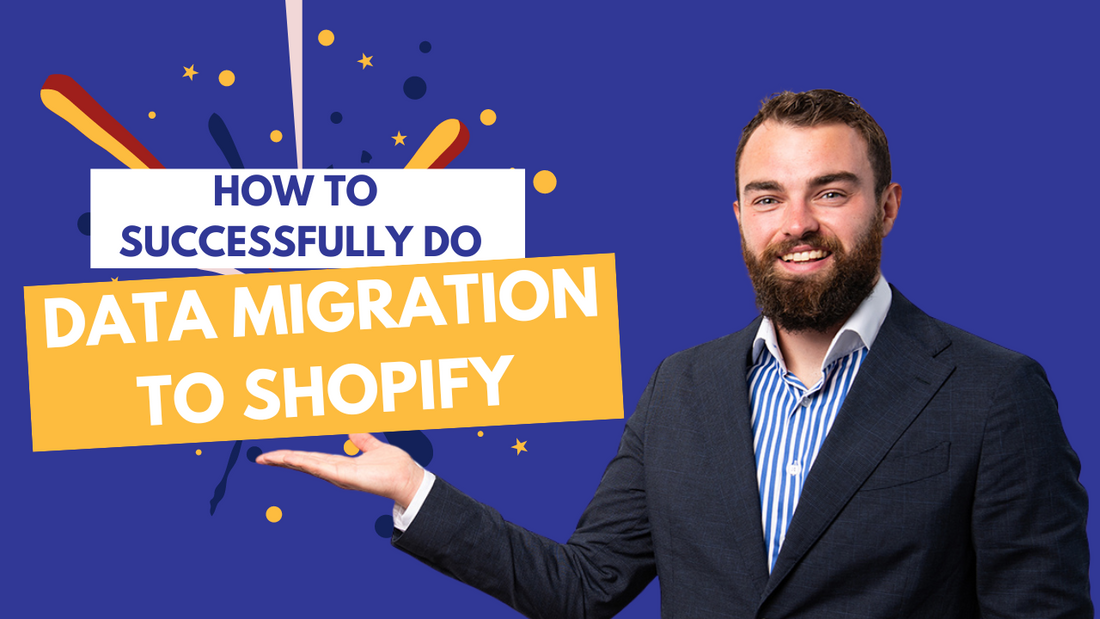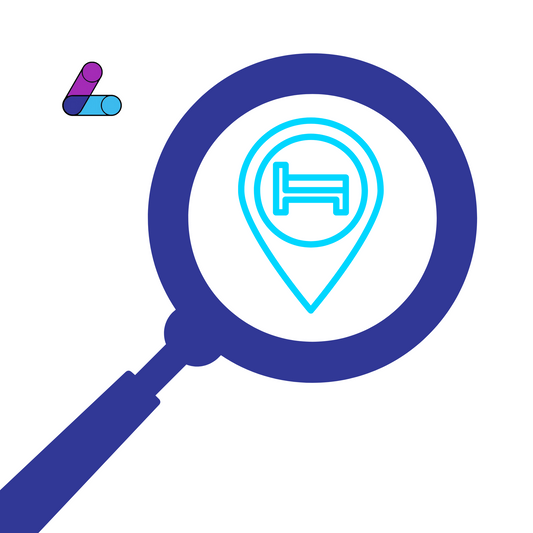In a recent video, Stefan, CEO of Loncom Consulting, walks through the essentials of migrating to Shopify, with a strong focus on data migration. From securing stakeholder buy-in to managing SEO and data integration, the video covers all aspects of the migration process, especially for businesses looking to upgrade to Shopify Plus.
Why Shopify?
Popularity and Performance
Shopify is becoming the go-to platform for businesses of all sizes, including enterprise-level companies, thanks to its high conversion rates, faster site speed, and minimized downtime compared to legacy platforms. It provides an efficient ecosystem for scaling businesses, and Shopify Plus offers advanced features like lower transaction fees and higher API call limits, making it perfect for high-volume companies.
Key Steps in Shopify Migration
1. Stakeholder Buy-In
Convincing key stakeholders that Shopify will improve performance, conversion rates, and reduce operational issues is crucial. Presenting benefits like case studies and competitor success stories can help gain their support for the transition.
2. Selecting the Right Agency
Choosing the right agency for front-end development is essential, especially if your business lacks in-house expertise. A specialized Shopify agency will ensure a smooth migration and help develop a user-friendly and efficient website. Check out our partner page to see who we claim is the best of the best in the Shopify ecosystem.
3. SEO Management
SEO is a critical component of any migration. Businesses must work with an SEO specialist or trusted Shopify partner to ensure that years of search engine rankings and targeted content are not lost during the migration. Proper handling of URL redirects and site structure can preserve valuable traffic and rankings.
4. Data Integration
For businesses with complex systems like ERP or CRM, integrating these systems with Shopify is vital for maintaining operational efficiency. Shopify Plus offers better API limits, which supports large businesses needing extensive data connections.
Data Migration Focus
1. Product Data
Start by migrating product information. This includes images, variants, SKU codes, and categories. Ensuring data integrity at this stage will streamline the rest of the migration.
2. Customer Data
Customer data is essential for marketing and retention. Proper handling involves cleaning up duplicates, validating emails and phone numbers, and migrating loyalty points. Ensuring this data is correct will help maintain customer relationships post-migration.
3. Order Data
Finally, order data must be migrated, as it ties together both product and customer information. Accurate migration of order history is critical for ongoing sales analytics and forecasting.
Key Takeaways
- Data Integrity is the backbone of a successful migration - ensuring every element from products to orders is seamlessly transferred.
- SEO must be handled carefully to preserve rankings and traffic.
- Shopify Plus offers features that are ideal for larger, high-volume businesses, making it the preferred choice for enterprise-level migrations.
Watch the Full Video
To get a deeper understanding of the Shopify migration process and learn how to execute it smoothly, watch Stefan’s full video below:
Migrating to Shopify can be complex, but with proper planning, agency selection, and data migration processes, your business can enjoy a seamless transition. At Loncom Consulting, we specialize in helping businesses make successful migrations to Shopify, ensuring data integrity and operational efficiency every step of the way.
Contact us today to learn more about how we can help with your Shopify migration!





